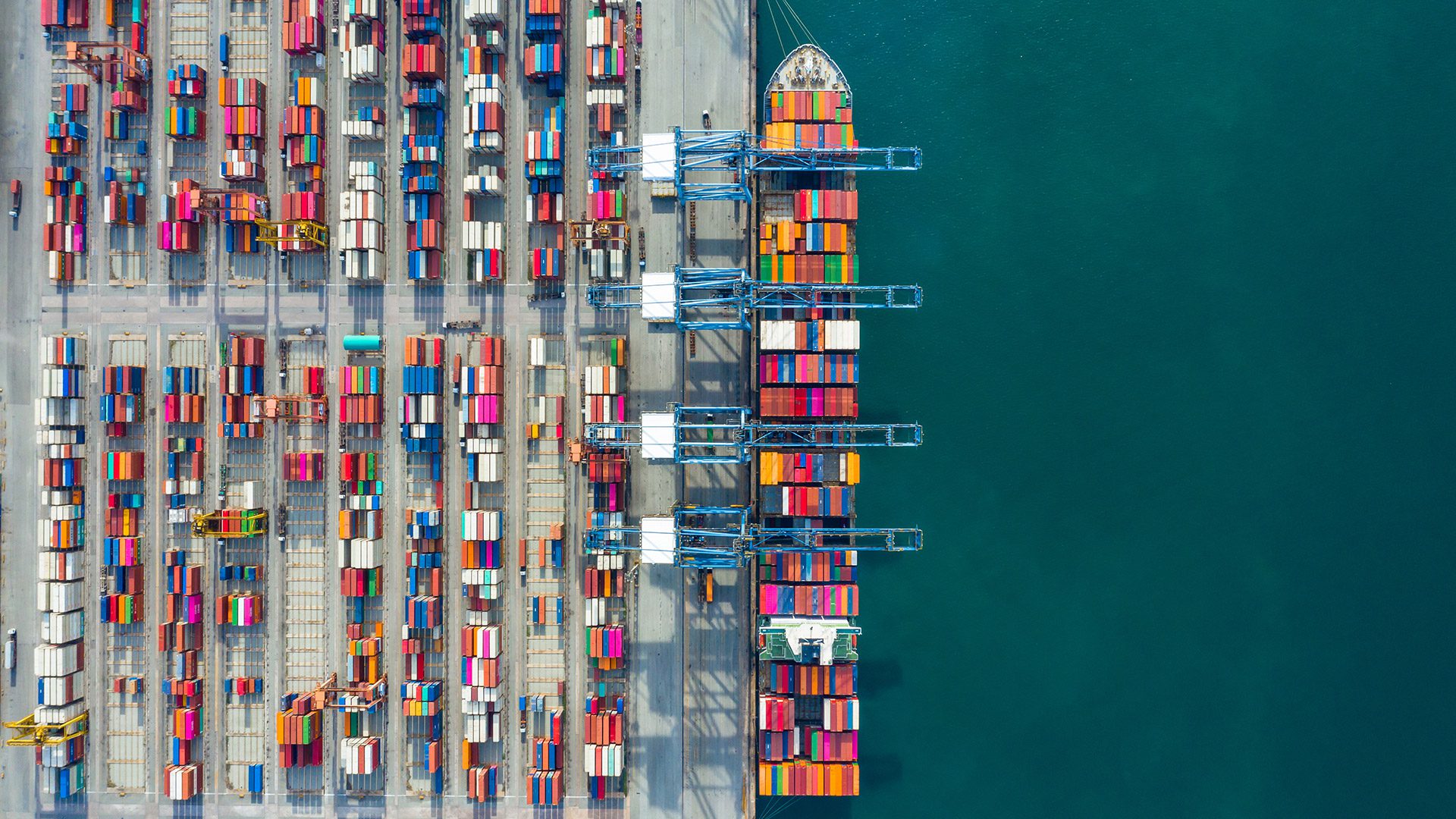Supply Chain Risk Management (S-CRM) for Critical Infrastructure
Randy Sukow
|

Guest Contributor – Tom Neclerio, CISO & SVP of Security Services at SilverSky
Critical infrastructure, such as energy, transportation, water supply, and communications systems, underpins the functioning of modern societies and economies. Ensuring the security and resilience of these essential services is paramount. A vital aspect of this security lies in understanding and managing risks associated with the supply chain. Let’s delve into Supply Chain Risk Management (S-CRM) and its significance for critical infrastructure.
Understanding Supply Chain Risks in Critical Infrastructure
Supply chains for critical infrastructure are complex and multifaceted, involving numerous entities responsible for delivering products, services, and information. Risks can emerge from:
- Supplier Vulnerabilities: A weak link in your supply chain, like a vendor with inadequate cybersecurity measures, can expose your infrastructure to risks.
- Geopolitical Factors: Dependence on suppliers from regions with political instability or strained international relations can introduce uncertainty.
- Quality Control Issues: Faulty components or subpar services can affect the performance and safety of critical systems.
- Logistics and Transportation: Disruptions in transportation, whether from natural disasters, strikes, or geopolitical tensions, can delay essential components.
Strategies for S-CRM in Critical Infrastructure
- Comprehensive Risk Assessment: Identify critical components of your supply chain and conduct risk assessments to pinpoint vulnerabilities. This involves scrutinizing suppliers, logistics, contractual agreements, and the geopolitical landscape.
- Diversification: Avoid over-reliance on a single supplier. By diversifying suppliers, especially for crucial components, you can reduce the impact of a disruption in one part of the supply chain.
- Establish Standards and Audits: Set clear supplier security and quality standards. Regular audits can ensure adherence to these standards, ensuring that products and services meet required specifications and security measures.
- Maintain Visibility: Implement systems that provide visibility into the supply chain. Real-time monitoring tools can help track the movement of goods, identify bottlenecks, and predict potential disruptions.
- Develop Contingency Plans: Establish protocols for alternate sourcing, rerouting logistics, and emergency responses. Having a contingency plan ensures that when disruptions occur, there’s a blueprint for restoring normalcy as quickly as possible.
- Strengthen Contracts: Supplier contracts should include clauses that emphasize the importance of security, provide for regular assessments, and stipulate penalties for non-compliance.
- Collaboration and Information Sharing: Establish channels for communication with suppliers, industry peers, and government agencies. Sharing threat intelligence and best practices can enhance resilience across the entire sector.
- Invest in Technology: Utilize advanced technologies like AI and blockchain to enhance supply chain visibility, traceability, and security. For instance, blockchain can verify the authenticity of components by providing an immutable record of their journey through the supply chain.
- Continuous Training: Ensure that all stakeholders, from procurement officers to operations managers, understand the importance of S-CRM and are equipped with the skills to identify and mitigate risks.
In today’s interconnected world, critical infrastructure security is only as strong as its weakest link. By understanding and managing supply chain risks, organizations can safeguard essential services upon which society depends. Effective S-CRM requires a holistic approach, blending risk assessment, technological solutions, collaboration, and continuous vigilance.

